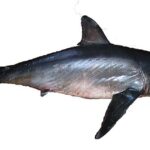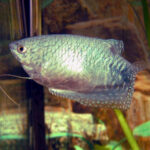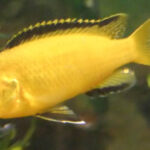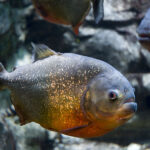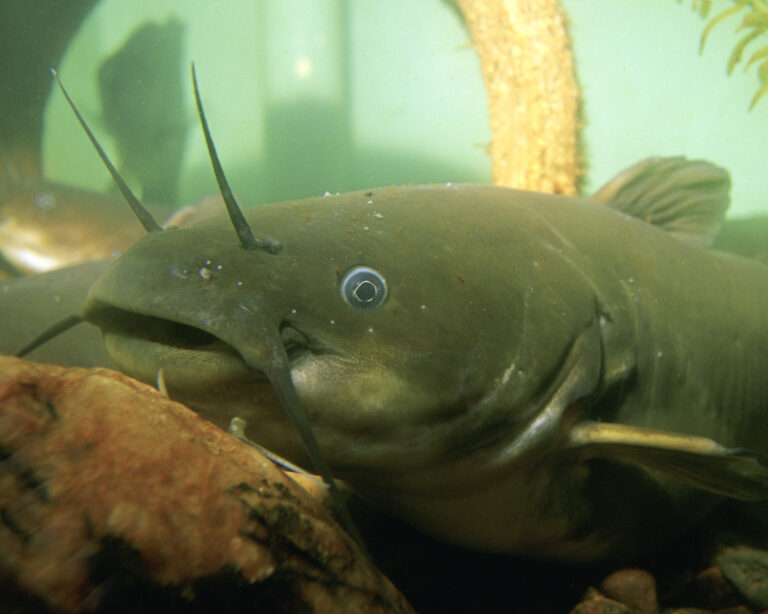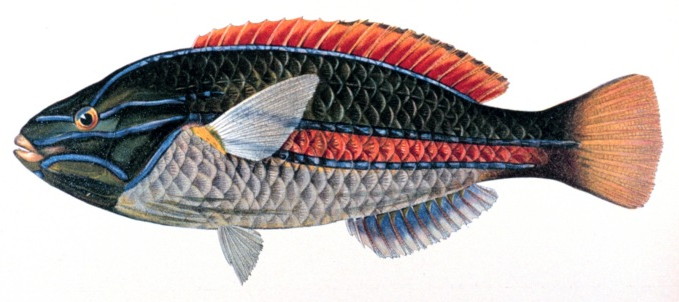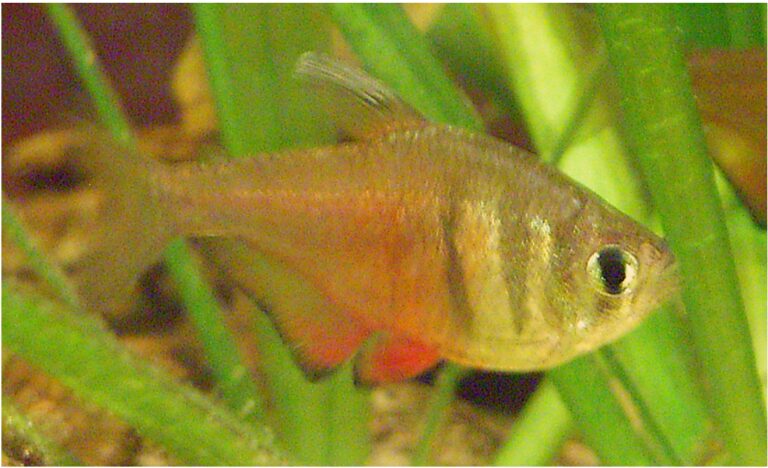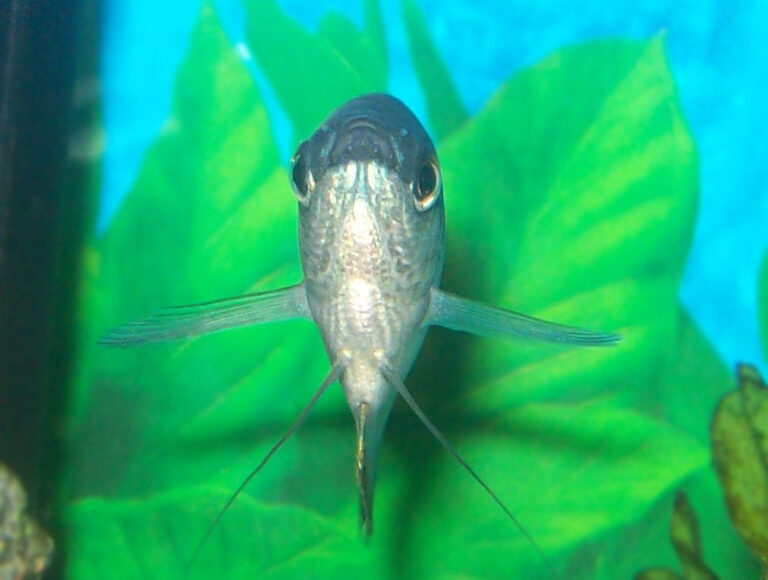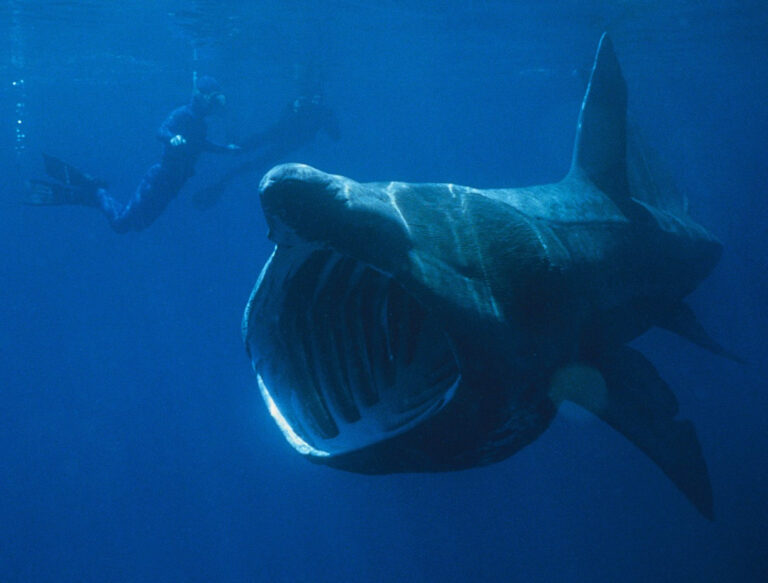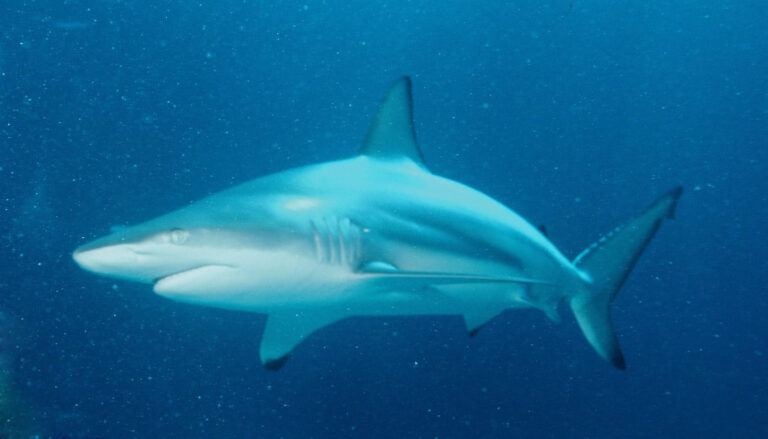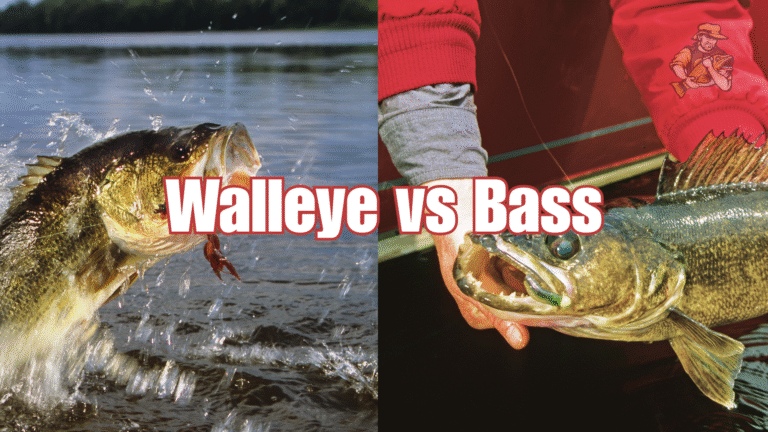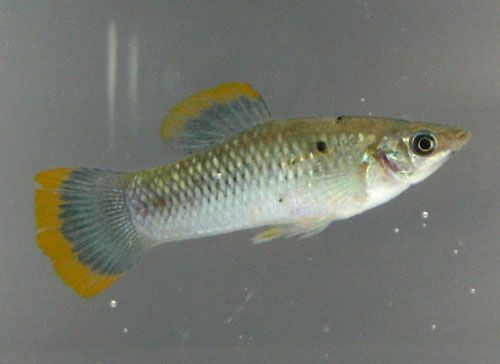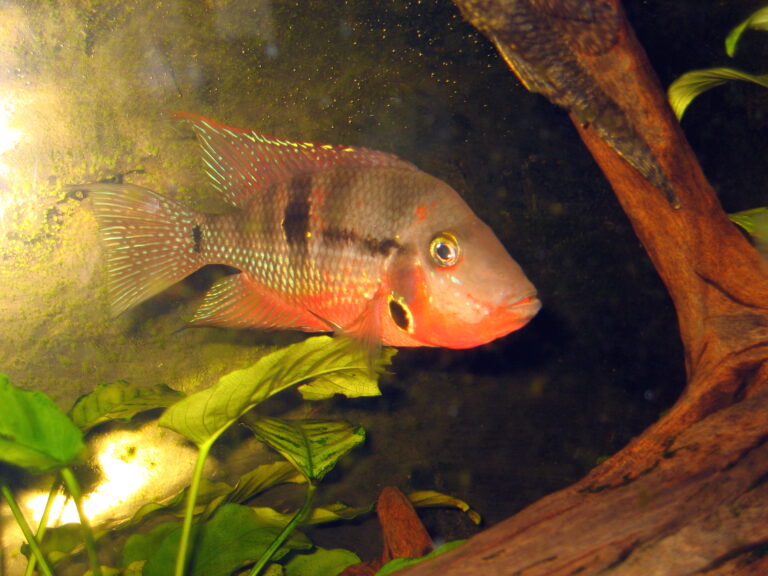Bigeye Thresher Shark
By Ryan Maron | Last Modified: July 12, 2025
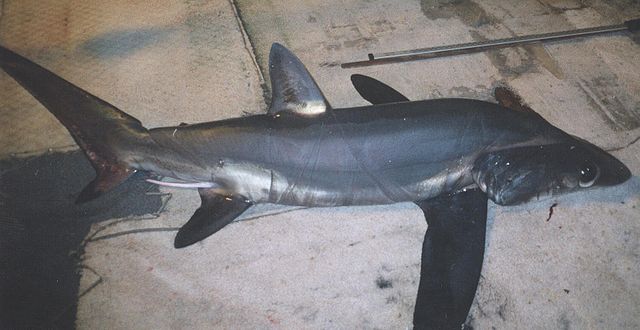
The Bigeye Thresher Shark represents one of the ocean’s most extraordinary predators, distinguished by its dramatically elongated tail fin that can extend up to half its total body length. Known scientifically as Alopias superciliosus, this pelagic species commands attention not only for its unique morphology but also for its remarkable hunting adaptations that have evolved over millions of years. As an apex predator in deep oceanic waters, the Bigeye Thresher Shark plays a crucial role in maintaining the delicate balance of marine ecosystems by controlling populations of schooling fish and squid throughout the world’s tropical and temperate seas.
This magnificent shark species serves as a keystone predator in pelagic food webs, utilizing its weaponized tail to stun prey with lightning-fast strikes that can exceed speeds of 50 miles per hour. The Bigeye Thresher Shark’s ecological importance extends beyond its predatory role, as it represents a critical indicator species for ocean health and the stability of deep-water marine communities.
| Feature | Details |
|---|---|
| Common Name | Bigeye Thresher Shark |
| Scientific Name | Alopias superciliosus |
| Family | Alopiidae |
| Typical Size | 330-400 cm (11-13 ft), up to 160 kg (350 lbs) |
| Habitat | Deep pelagic waters, 0-500 meters |
| Diet | Schooling fish, squid, crustaceans |
| Distribution | Tropical and temperate oceans worldwide |
| Conservation Status | Vulnerable (IUCN Red List) |
Taxonomy & Classification
The Bigeye Thresher Shark belongs to the family Alopiidae, which encompasses all thresher shark species worldwide. First described by Lowe in 1841, Alopias superciliosus represents one of three recognized species within the genus Alopias, alongside the common thresher shark (A. vulpinus) and the pelagic thresher shark (A. pelagicus). The species name “superciliosus” derives from Latin, referencing the shark’s distinctive large eyes that appear prominently above its relatively small mouth.
Within the broader taxonomic framework, the Bigeye Thresher Shark belongs to the order Lamniformes, which includes other mackerel sharks such as the great white shark and various mako species. This classification reflects shared evolutionary adaptations for pelagic hunting, including enhanced swimming capabilities and sophisticated sensory systems. Recent molecular studies have confirmed the monophyletic nature of the Alopiidae family, supporting the hypothesis that all thresher sharks evolved from a common ancestor approximately 20 million years ago.
The taxonomic distinction between Bigeye Thresher Sharks and their relatives becomes apparent through morphological analysis. Key differentiating characteristics include the enlarged eyes that can measure up to 10 centimeters in diameter, the positioning of the dorsal fin, and specific tooth morphology adapted for grasping rather than cutting prey. Genetic analysis has revealed distinct mitochondrial DNA markers that clearly separate A. superciliosus from other thresher species, supporting its classification as a distinct evolutionary lineage.
Physical Description
The Bigeye Thresher Shark exhibits remarkable physical adaptations that distinguish it from all other shark species. Most notably, its enormous eyes represent the largest proportional eye size among all thresher sharks, measuring between 8 to 10 centimeters in diameter in adult specimens. These oversized eyes provide exceptional visual acuity in low-light conditions, enabling the shark to hunt effectively in the deep twilight zone where bioluminescent prey creates subtle light patterns.
The species’ signature feature remains its dramatically elongated upper caudal fin lobe, which can account for up to 50% of the shark’s total body length. This weaponized tail reaches lengths of 1.5 to 2 meters in mature adults, functioning as a precision hunting tool capable of stunning prey with devastating impact. The caudal fin’s unique structure includes reinforced vertebrae and specialized muscle attachments that generate extraordinary whip-like acceleration during hunting strikes.
Body coloration in Bigeye Thresher Sharks follows a classic counter-shading pattern, with dark blue-gray to purple-brown dorsal surfaces that fade to silvery-white ventral areas. This coloration provides effective camouflage against both prey and predators when viewed from above or below. Adult specimens typically reach total lengths of 330 to 400 centimeters, with maximum recorded specimens exceeding 460 centimeters and weighing up to 160 kilograms.
The shark’s fusiform body shape optimizes hydrodynamic efficiency, while the relatively small mouth contains multiple rows of small, sharp teeth designed for grasping rather than cutting. Unlike many shark species, Bigeye Thresher Sharks possess a distinctive groove extending from the corner of the mouth to the gill area, which may facilitate water flow during high-speed swimming maneuvers.
Habitat & Distribution
Bigeye Thresher Sharks inhabit pelagic waters across tropical and temperate oceans worldwide, demonstrating remarkable adaptability to varying oceanic conditions. Their distribution extends throughout the Atlantic, Pacific, and Indian Oceans, with populations documented from approximately 45°N to 40°S latitude. These sharks show preference for deeper waters compared to their thresher relatives, commonly occurring at depths between 0 and 500 meters, though they can dive to depths exceeding 750 meters.
The species exhibits strong associations with continental shelf edges and offshore seamounts, where upwelling currents concentrate prey populations. Unlike coastal shark species, Bigeye Thresher Sharks rarely venture into shallow coastal waters, maintaining their pelagic lifestyle throughout their entire life cycle. Ocean temperature preferences range from 16°C to 22°C, with individuals showing remarkable ability to thermoregulate through behavioral adaptations and physiological mechanisms.
Seasonal migration patterns in Bigeye Thresher Sharks remain partially understood, though tagging studies indicate north-south movements corresponding to prey availability and reproductive cycles. Populations in the North Pacific demonstrate clear seasonal shifts, with sharks moving toward warmer waters during winter months and returning to higher latitudes during summer feeding periods. Similar patterns occur in Atlantic populations, suggesting temperature-driven migration behaviors.
The species’ habitat preferences overlap significantly with major commercial fishing zones, particularly in areas of high productivity such as the California Current system, the Gulf of Mexico, and the Mediterranean Sea. This overlap has contributed to increased fishing pressure on Bigeye Thresher Shark populations, as they frequently encounter longline and gillnet fisheries targeting other pelagic species.
Diet & Feeding Behavior
Bigeye Thresher Sharks employ one of the most sophisticated hunting strategies in the marine environment, utilizing their elongated tail as a precision weapon to capture prey. Their diet consists primarily of schooling fish species including sardines, anchovies, mackerel, and juvenile tuna, supplemented by cephalopods such as squid and occasionally crustaceans. The shark’s feeding behavior centers around a unique tail-slapping technique that can generate water velocities exceeding 50 miles per hour, creating devastating impacts that stun or kill prey instantly.
Hunting typically occurs during dawn and dusk periods when prey species form dense aggregations in the water column. The shark approaches schools of fish from below, using its counter-shaded coloration to remain virtually invisible against the darker depths. Once within striking distance, the Bigeye Thresher Shark executes a rapid upward movement while simultaneously whipping its tail in a powerful arc above its head, creating a stunning blow that incapacitates multiple prey simultaneously.
The species’ enlarged eyes provide crucial advantages during hunting, allowing detection of subtle movements and bioluminescent displays that indicate prey presence in low-light conditions. Research has documented Bigeye Thresher Sharks successfully hunting at depths where ambient light levels drop to less than 1% of surface illumination, demonstrating their remarkable visual adaptations for deep-water predation.
Feeding frequency varies seasonally, with increased activity corresponding to prey abundance patterns. During peak feeding periods, individual sharks may consume 3-5% of their body weight daily, requiring constant hunting to maintain energy reserves necessary for their active lifestyle. The efficiency of their tail-slapping hunting technique allows them to capture multiple prey items with each strike, maximizing energy return on hunting investment.
Behavior & Adaptations
The Bigeye Thresher Shark exhibits remarkable behavioral adaptations that optimize survival in the challenging pelagic environment. Their swimming behavior includes frequent vertical migrations, descending to depths of 200-500 meters during daylight hours and ascending to shallower waters at night to follow prey movements. This diel vertical migration pattern conserves energy while maintaining access to optimal feeding opportunities throughout the 24-hour cycle.
Thermoregulation represents a critical behavioral adaptation, as these sharks encounter significant temperature variations during their vertical movements. Bigeye Thresher Sharks possess specialized blood vessel arrangements called rete mirabile that help maintain core body temperature above ambient water temperature, particularly crucial when hunting in cold deep waters. Behavioral thermoregulation includes basking at the surface during cooler periods and seeking deeper, cooler waters when surface temperatures exceed optimal ranges.
Social behavior in Bigeye Thresher Sharks remains largely solitary, with individuals maintaining significant spacing except during mating periods. However, aggregations occasionally form in areas of concentrated prey, suggesting some degree of social tolerance when food resources are abundant. These temporary aggregations demonstrate sophisticated spatial awareness and reduced aggression compared to many other shark species.
The species exhibits remarkable learning capabilities, with individuals showing improved hunting success rates through experience and environmental adaptation. Older sharks demonstrate more efficient tail-strike techniques and better prey selection, indicating cognitive development that enhances survival success. Their ability to adapt hunting strategies based on prey behavior and environmental conditions reflects advanced behavioral flexibility essential for pelagic predators.
Reproduction & Life Cycle
Bigeye Thresher Sharks follow a complex reproductive strategy characterized by internal fertilization and ovoviviparity, where embryos develop within egg cases inside the mother’s body. Sexual maturity occurs relatively late in their lifecycle, with females reaching reproductive age at approximately 12-16 years when they attain lengths of 270-300 centimeters. Males mature slightly earlier, typically at 8-10 years and lengths of 250-270 centimeters.
The reproductive cycle extends over approximately two years, with a gestation period lasting 12-16 months followed by a resting period before the next mating cycle. Females produce relatively small litters of 2-7 pups, though most commonly 4 pups per reproductive cycle. This low reproductive rate reflects the species’ K-selected life history strategy, investing significant energy in producing fewer, but larger and more developed offspring.
Embryonic development includes a fascinating process called oophagy, where developing embryos consume unfertilized eggs and smaller siblings within the uterus. This intrauterine cannibalism ensures that only the strongest, most developed pups survive to birth, typically measuring 135-175 centimeters at birth. The large birth size provides immediate survival advantages in the open ocean environment, reducing predation risk during the vulnerable early life stages.
Nursery areas for Bigeye Thresher Sharks remain poorly understood, though evidence suggests that juveniles occupy deeper waters than adults, possibly to avoid competition and predation. Young sharks grow rapidly during their first few years, reaching lengths of 200-250 centimeters by age 5-7 years. The species’ longevity extends to at least 20-25 years based on vertebral aging studies, though maximum lifespan may exceed 30 years in optimal conditions.
Predators & Threats
Adult Bigeye Thresher Sharks face few natural predators due to their size, speed, and formidable tail weapon, though larger shark species including great white sharks and shortfin mako sharks may occasionally prey upon smaller individuals. Juvenile sharks face greater predation pressure from various pelagic predators including larger sharks, billfish, and marine mammals. The species’ primary defense mechanism involves rapid escape swimming and the potential use of their powerful tail as a deterrent weapon.
Commercial fishing represents the most significant threat to Bigeye Thresher Shark populations worldwide. Their preference for areas with high prey density overlaps extensively with commercial fishing grounds, resulting in substantial bycatch mortality in longline, gillnet, and purse seine fisheries. The species’ relatively slow reproductive rate makes populations particularly vulnerable to overfishing pressure, with recovery potential limited by their extended generation time.
Targeted fisheries for thresher sharks have developed in several regions, driven by demand for their meat, fins, and liver oil. The species’ distinctive appearance and large size make them valuable targets for both commercial and recreational fisheries. International trade in thresher shark products has increased pressure on populations, particularly in developing nations where fishing regulations may be less stringent.
Climate change poses emerging threats through ocean warming and acidification, which may alter prey distribution patterns and affect the species’ preferred temperature ranges. Changes in ocean productivity could impact the availability of schooling fish that form the foundation of their diet. Additionally, increasing ocean noise from shipping and industrial activities may interfere with their acoustic detection of prey, potentially affecting hunting success rates.
Conservation Status
The International Union for Conservation of Nature (IUCN) classifies the Bigeye Thresher Shark as Vulnerable on the Red List of Threatened Species, reflecting significant population declines documented across much of its range. Population assessments indicate reductions of 30-50% over the past three generations, primarily attributed to overfishing in both targeted and incidental capture scenarios. The species’ slow reproductive rate and late sexual maturity make population recovery extremely challenging once numbers decline.
Regional assessments reveal varying conservation statuses, with some populations showing more severe declines than others. Pacific populations appear relatively stable compared to Atlantic populations, where fishing pressure has been more intense and sustained. Mediterranean populations face particular conservation concerns due to high fishing pressure in enclosed seas with limited population connectivity to other regions.
International conservation efforts include listing under various regional fisheries management organizations and inclusion in the Convention on International Trade in Endangered Species (CITES) Appendix II. These listings require permits for international trade and encourage sustainable management practices. However, enforcement challenges and limited scientific data on population dynamics complicate effective conservation implementation.
Conservation strategies emphasize reducing fishing mortality through gear modifications, seasonal closures, and catch limits. Circle hooks and other bycatch reduction technologies show promise for reducing incidental capture in longline fisheries. Marine protected areas in critical habitats, particularly around seamounts and continental shelf edges, could provide essential refuge zones for breeding and feeding populations.
Human Interaction
Bigeye Thresher Sharks have limited direct interaction with humans due to their pelagic lifestyle and preference for deep offshore waters. Unlike coastal species, they rarely encounter swimmers, divers, or surfers, resulting in virtually no recorded attacks on humans. Their docile nature and preference for small schooling fish make them inherently non-threatening to human activities in marine environments.
Commercial fishing interactions represent the primary human-shark interface, with Bigeye Thresher Sharks frequently captured as bycatch in pelagic longline fisheries targeting tuna and billfish. Their meat commands moderate prices in international markets, particularly in Asian countries where shark meat consumption remains culturally accepted. The species’ large fins are valuable in the international fin trade, contributing to targeted fishing pressure in some regions.
Recreational fishing for Bigeye Thresher Sharks has developed in several regions, particularly off California and in the Mediterranean Sea. Sport fishing operations value the species for its impressive size and the spectacular aerial displays that occur when hooked sharks breach the surface. However, their fighting ability and the challenge of bringing large specimens to the boat make them demanding targets for recreational anglers.
Scientific research interactions include tagging studies, genetic sampling, and behavioral monitoring programs that help understand migration patterns and population dynamics. These research efforts require careful handling protocols to minimize stress and ensure post-release survival. Satellite tagging programs have provided valuable insights into habitat use and movement patterns crucial for conservation planning.
Interesting Facts
The Bigeye Thresher Shark’s tail-slapping hunting technique generates one of the most powerful strikes in the marine environment, with high-speed video analysis revealing tail velocities that can exceed 50 miles per hour. This devastating attack can create water pressure waves strong enough to kill small fish instantly, making it one of the most efficient predation strategies observed in any shark species.
Despite their impressive size and hunting prowess, Bigeye Thresher Sharks are capable of remarkable acrobatic displays when hooked by anglers. Individuals have been observed leaping completely out of the water in spectacular breaching behaviors, sometimes reaching heights of 15-20 feet above the surface. These aerial displays likely represent escape behaviors similar to those used to avoid predators in the wild.
The species’ enormous eyes contain specialized adaptations for deep-water vision, including enhanced rod cell density and reflective tissue layers that maximize light capture in low-light conditions. These visual adaptations allow them to hunt effectively at depths where other shark species would be essentially blind, providing access to prey resources unavailable to competitors.
Research has revealed that Bigeye Thresher Sharks possess sophisticated social behaviors despite their generally solitary nature. Acoustic tracking studies have documented individuals returning to the same feeding areas repeatedly, suggesting site fidelity and possibly learned behaviors passed between generations. Some populations show evidence of seasonal aggregations that may serve social functions beyond simple feeding opportunities.
The species’ unique hunting strategy has inspired biomimetic research for underwater robotics and propulsion systems. Engineers study the fluid dynamics of thresher shark tail movements to develop more efficient underwater vehicles and propulsion mechanisms. Their ability to generate precise, powerful strikes while maintaining swimming stability represents a remarkable example of evolutionary engineering.
Conclusion
The Bigeye Thresher Shark stands as one of the ocean’s most remarkable predators, combining unique morphological adaptations with sophisticated hunting strategies that have evolved over millions of years. As populations face increasing pressure from commercial fishing and environmental changes, protecting this species requires comprehensive international cooperation and science-based management approaches. Their role as apex predators in pelagic ecosystems makes their conservation essential for maintaining healthy ocean food webs and preserving marine biodiversity for future generations.
Share The Article:
More Fish Species:
-
Spinner Shark
The Spinner Shark (Carcharhinus brevipinna) stands as one of the ocean’s most distinctive and acrobatic predators, earning its name…
-
Yellow Bullhead
The Yellow Bullhead (*Ameiurus natalis*) represents one of North America’s most widespread and ecologically significant freshwater catfish species. This…
-
Rainbowfish
Rainbowfish represent one of the most visually striking and ecologically significant groups of freshwater fish found across Australia, New…
-
Flame Tetra
The Flame Tetra (Hyphessobrycon flammeus) stands as one of the most recognizable and beloved freshwater aquarium species in the…
-
Pineapple Swordtail
The Pineapple Swordtail (*Xiphophorus hellerii* var. pineapple) represents one of the most striking color variants of the common swordtail,…
-
Blue Gourami
The Blue Gourami (*Trichogaster trichopterus*) stands as one of the most recognizable and adaptable freshwater fish species in tropical…
Discover
-
Basking Shark
The Basking Shark stands as one of the ocean’s most magnificent gentle giants, representing the second-largest fish species on…
-
Shore Fishing for Beginners: 5 Odd Techniques That Actually Work
I’ve spent more mornings than I can count standing on the shores of Michigan lakes watching boats drift by,…
-
How to Set Up a Fishing Pole For Beginners
After three decades of teaching friends and family how to fish, I’ve learned that setting up a fishing pole…
-
Blacktip Shark
The Blacktip Shark (Carcharhinus limbatus) stands as one of the most recognizable and ecologically significant predators in tropical and…
-
Chinook Salmon: Essential Guide for Catching Kings
There’s something almost magical about the moment when a Chinook salmon takes your lure. That heart-stopping tug, followed by…
-
Walleye vs Bass: Different Strategies for Freshwater Predators
I still remember my first dedicated walleye trip back in 2009. After fifteen years of chasing mostly bass, I…
Discover
-
Gold Dust Molly
The Gold Dust Molly (*Poecilia sphenops*) represents one of the most popular and visually striking freshwater aquarium fish available…
-
Rummy Nose Tetra
The Rummy Nose Tetra stands as one of the most distinctive and recognizable small freshwater fish species in South…
-
Tuxedo Platy
The Tuxedo Platy (Xiphophorus maculatus) stands as one of the most recognizable and beloved freshwater aquarium fish species, distinguished…
-
7 Types of Fisheries You Should Know Before Casting Your Line
I’ve been fishing for over 30 years across all kinds of waters, and one thing I’ve noticed is how…
-
Firemouth Cichlid
The Firemouth Cichlid (*Thorichthys meeki*) stands as one of Central America’s most recognizable freshwater fish species, distinguished by its…
-
Unlock Killer Saltwater Jigging Techniques: What I’ve Learned After Thousands of Drops
The first time I tried saltwater jigging, I was on my buddy Dave’s boat in the Gulf of Mexico…

